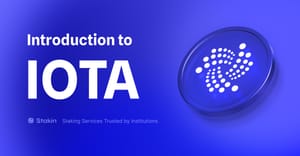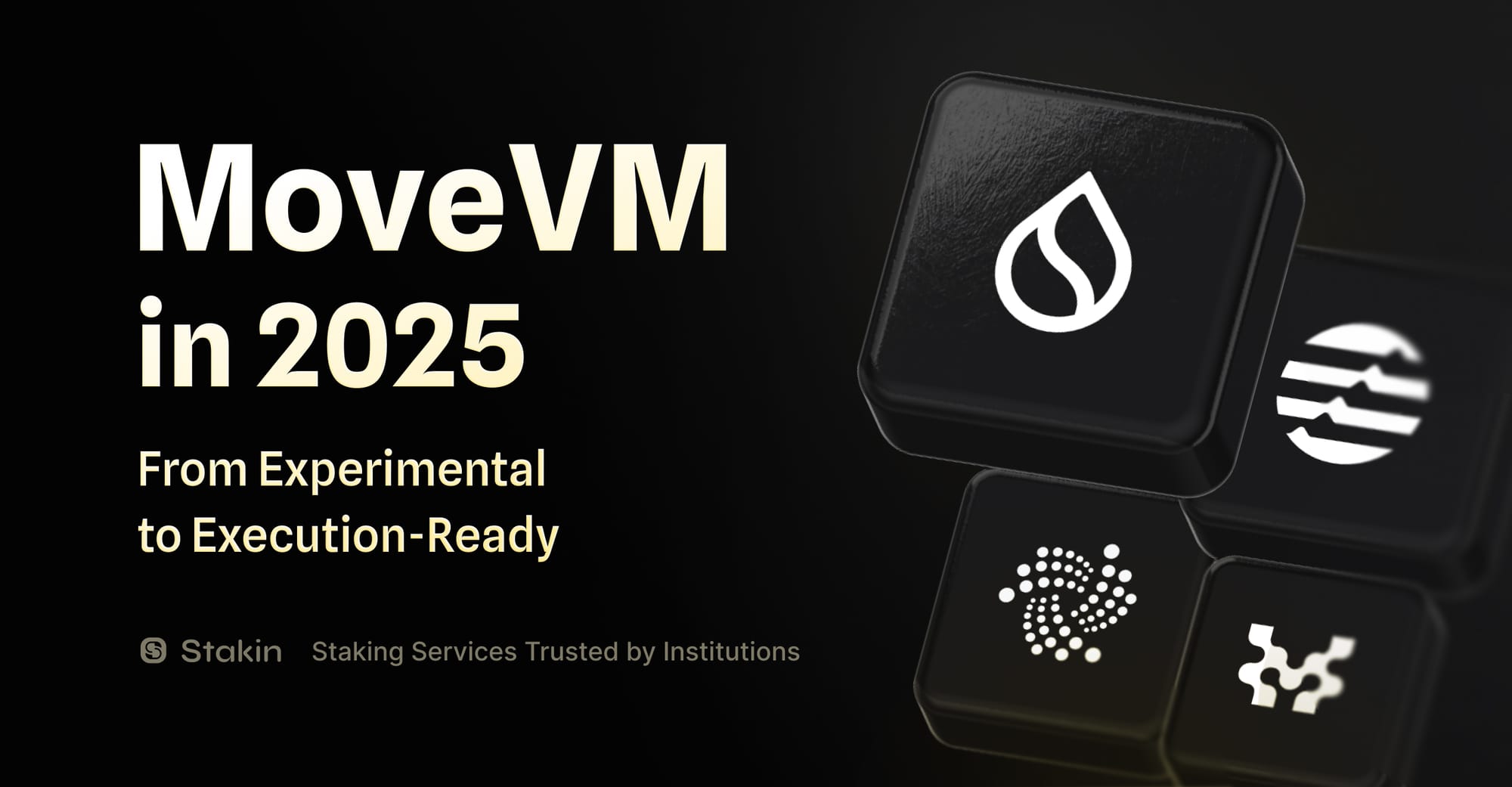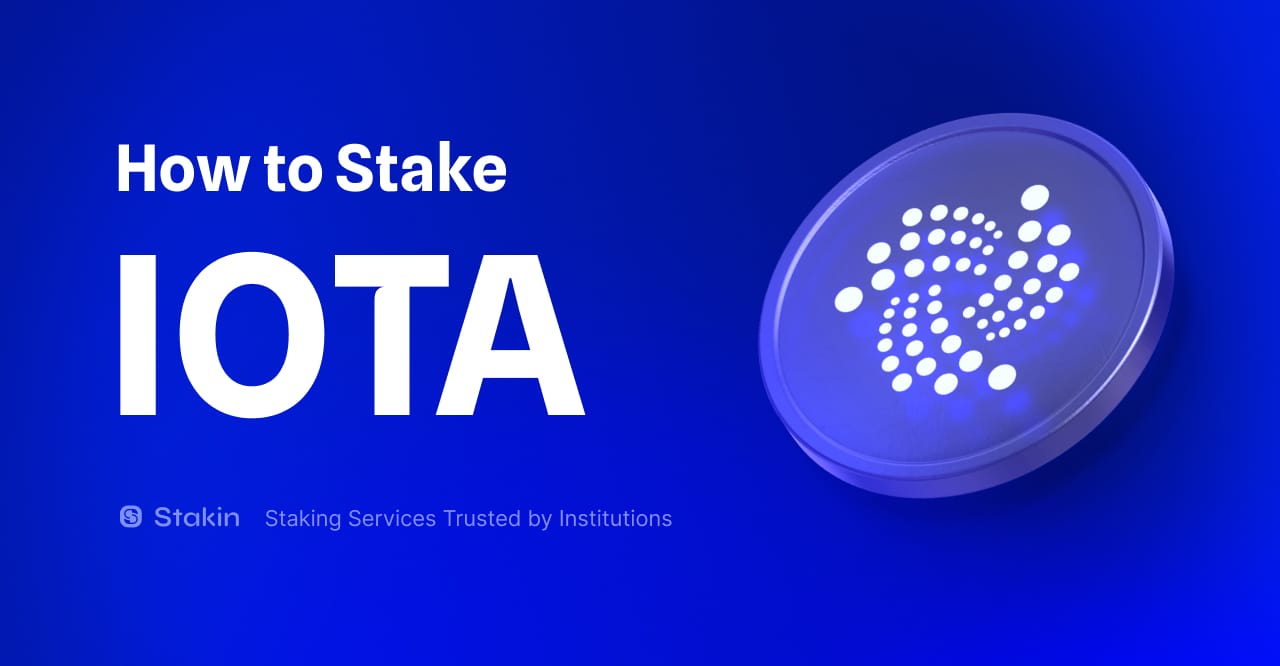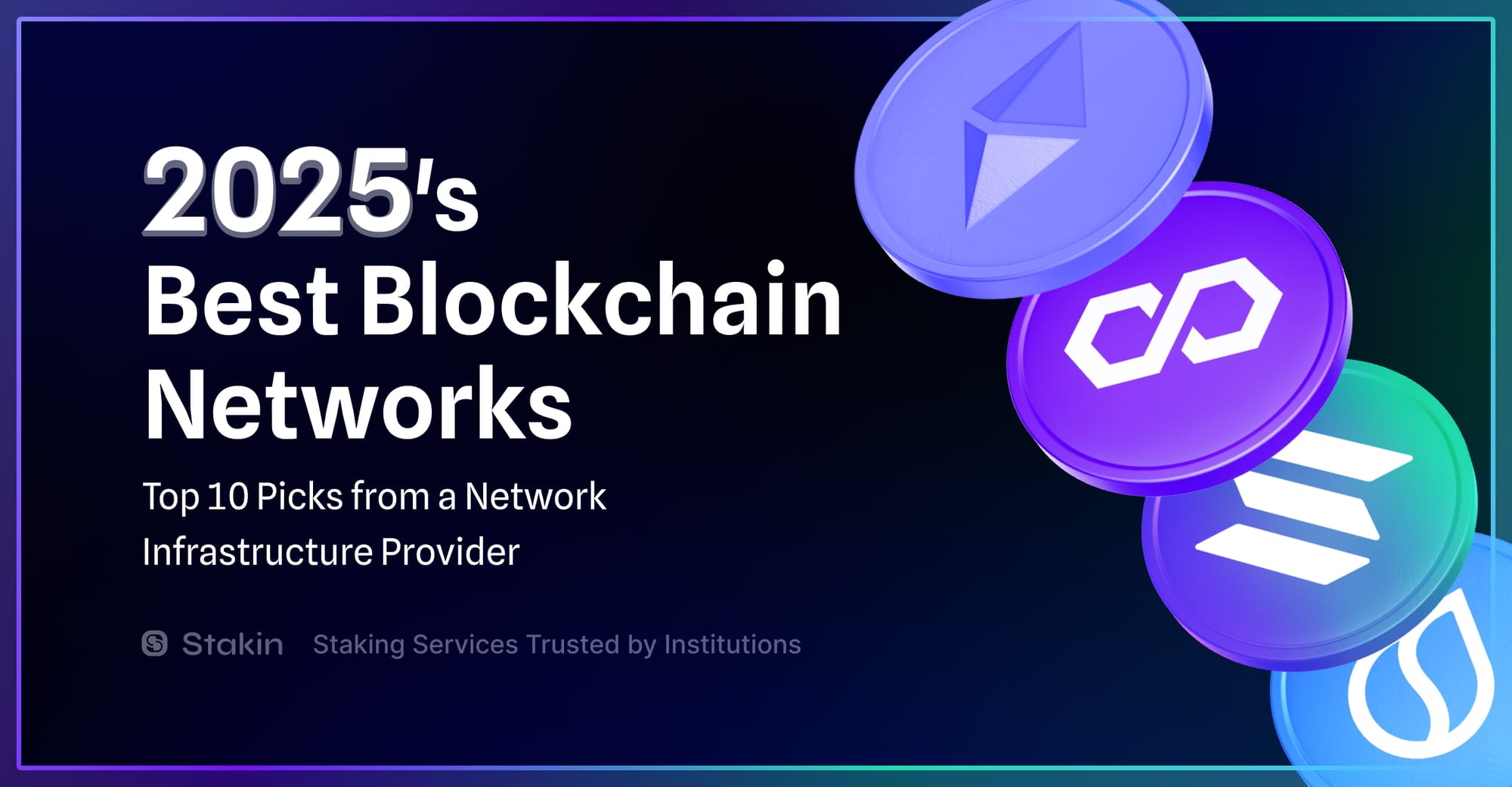IOTA Rebased is the next-generation version of the IOTA protocol. It is a fully decentralized, smart contract-enabled distributed ledger that integrates modern consensus, economic, and architectural innovations while preserving IOTA’s core commitment to scalability and efficiency.
It replaces the legacy UTXO ledger with an object-based architecture powered by the Move Virtual Machine (MoveVM), enabling secure and parallelizable Layer 1 smart contracts. IOTA Rebased transitions the network to a delegated Proof-of-Stake (dPoS) consensus model via the Mysticeti protocol, removing centralized coordination and achieving sub-second finality with over 50,000 transactions per second. Furthermore, it introduces a dynamic token economy featuring staking rewards, gas fees, and fee-burning mechanisms that support long-term sustainability.
Strategic Innovations
The transition to the new Move-based network was driven by rising demand for scalable, decentralized infrastructure capable of supporting modern applications natively at the protocol level. Traditional blockchain models, characterized by sequential processing, high energy costs, and limited flexibility, were increasingly inadequate for these evolving requirements.
The IOTA Foundation recognized that continuing along its existing roadmap was not an option. The IOTA Rebased upgrade emerged as a necessary evolution: a redesigned architecture that addresses historical limitations by introducing native programmability, decentralized consensus, and a more sustainable economic model tailored to real-world performance and governance needs.
Layer 1 Smart Contracts
At the heart of the new network is the introduction of native smart contract functionality directly on the base layer. Using the Move Virtual Machine (MoveVM), developers can deploy secure, composable, and parallelized smart contracts without relying on external layers or third-party chains. This brings the programmability required for modern decentralized applications while preserving IOTA’s efficiency and scalability principles.
Delegated Proof-of-Stake (dPoS) Consensus
The centralized Coordinator has been replaced by a robust delegated Proof-of-Stake model. Validators are elected based on stake, ensuring open participation and accountability. This system, supported by the Mysticeti protocol, delivers sub-second finality and allows the network to process over 50,000 transactions per second while maintaining resilience against attacks.
Enhanced Tokenomics
IOTA Rebased introduces a comprehensive economic framework aligned with network sustainability.767,000 new IOTA tokens are minted per epoch and distributed to validators and delegators, resulting in an initial inflation rate of around 6%. Transactions now incur minimal fees, on average 0.005 IOTA, which are burned to apply deflationary pressure. Additionally, a redeemable storage deposit system ensures responsible use of on-chain resources.
Security and Performance at Scale
Security and scalability are core to the protocol’s rearchitecture. The use of an object-based ledger enables parallel execution, while fair gas pricing mechanisms ensure resource efficiency. With dynamic validator selection and fast finality, the protocol supports high-volume use cases across finance, infrastructure, and real-time applications.
Adaptive Monetary Model
IOTA no longer enforces a fixed token cap. Instead, it adopts a dynamic issuance structure governed by protocol logic and stakeholder participation. This allows the network to remain flexible and economically viable over time.
Real-World Adoption (TLIP)
The Trade Logistics Information Pipeline (TLIP) demonstrates how the IOTA technology is being applied in real-world systems and is set to go live soon on the new IOTA network powered by the Move-based architecture. TLIP supports digital trade flows, asset tokenization, and automated financing. The project has expanded through partnerships with the Kenya Ports Authority, World Customs Organization, and Africa Customs & Trade, aiming to modernize cross-border trade across the African continent. TLIP shows how IOTA can serve as a trusted layer for efficient, transparent, and programmable logistics infrastructure.
Staking in IOTA
With the launch of IOTA Rebased, the protocol adopted a Delegated Proof-of-Stake (dPoS) model to ensure decentralized consensus and dynamic validator participation. In this system, validators gain voting power through stake delegation from IOTA token holders, aligning economic incentives with network performance. A key feature of IOTA’s staking design is its self-custodial approach, users retain control over their tokens at all times, while rewards are automatically compounded, following a liquidity-pool-inspired model.
Staking operates on a 24-hour epoch cycle. Delegated stakes become active at the start of the next epoch and cease contributing to validator weight once withdrawn. Validators must meet specific thresholds to participate: a minimum of two million IOTA is required to join the active set, while dropping below 1.5 million initiates a grace period to recover. If a validator’s stake falls below one million IOTA, they are removed automatically at the end of the epoch. Each epoch results in the minting of 767,000 new IOTA tokens, which are distributed to validators and their delegators based on performance and commission structures. Within each pool, rewards are allocated proportionally, and validators may receive additional stake objects representing their commission share. To preserve performance standards, validators can be reported for underperformance, resulting in forfeiture of that epoch’s rewards.
Validators, such as Stakin, play a critical role in maintaining IOTA’s security, decentralization, and throughput. By participating in consensus and offering non-custodial staking services, they contribute directly to the reliability and scalability of the IOTA ecosystem.

The IOTA Token: Utility and Design
Beyond its role in staking, the IOTA token has evolved into a foundational instrument for protocol operation, economic alignment, and decentralized governance. Following the migration from the Stardust network, 4.6 billion IOTA tokens were transferred to the new network, with the current circulating supply standing at 3.83 billion.
After the Rebased protocol upgrade, IOTA no longer adheres to a fixed supply cap. Instead, it follows a dynamic issuance model designed to support validator incentives and long-term sustainability. The inflation rate begins at approximately six percent annually, with new tokens introduced through epoch-based minting: transaction fees, averaging 0.005 IOTA, are burned upon execution, introducing deflationary pressure that balances the effects of token issuance. This dual mechanism supports both network funding and economic equilibrium.
The IOTA token serves four primary functions across the ecosystem:
- It is used to secure the network through staking and validator delegation.
- It facilitates on-chain operations by covering execution and storage fees.
- It represents a governance right, enabling future participation in protocol-level decision-making.
- And finally, it acts as a programmable, composable asset that enables value exchange across smart contracts, dApps, and tokenized systems built on IOTA.
How Can You Benefit from IOTA as a Holder
IOTA enables token holders to actively participate in network security, earn rewards, and gain exposure to a programmable and decentralized infrastructure. Through staking, holders support validator operations and receive auto-compounding rewards, all while maintaining full control of their tokens.
Beyond rewards, IOTA tokens serve as the foundation for transaction execution, governance participation, and smart contract interaction across the ecosystem. With its dynamic tokenomics and future governance mechanisms, IOTA offers long-term utility and alignment for both passive holders and active participants.
As a trusted node operator aligned with IOTA’s vision of decentralized infrastructure, Stakin offers reliable, non-custodial staking services for token holders seeking active participation in the network. By delegating your IOTA to Stakin, you support consensus operations, contribute to the performance and decentralization of IOTA, and earn rewards with every epoch, all while retaining full control of your tokens. Learn how to stake with us here.
DISCLAIMER: This is not financial advice. Staking, delegation, and cryptocurrencies involve a high degree of risk, and there is always the possibility of loss, including the failure of all staked digital assets. Additionally, delegators are at risk of slashing in case of security or liveness faults on some protocols. We advise you to do your due diligence before choosing a validator.



